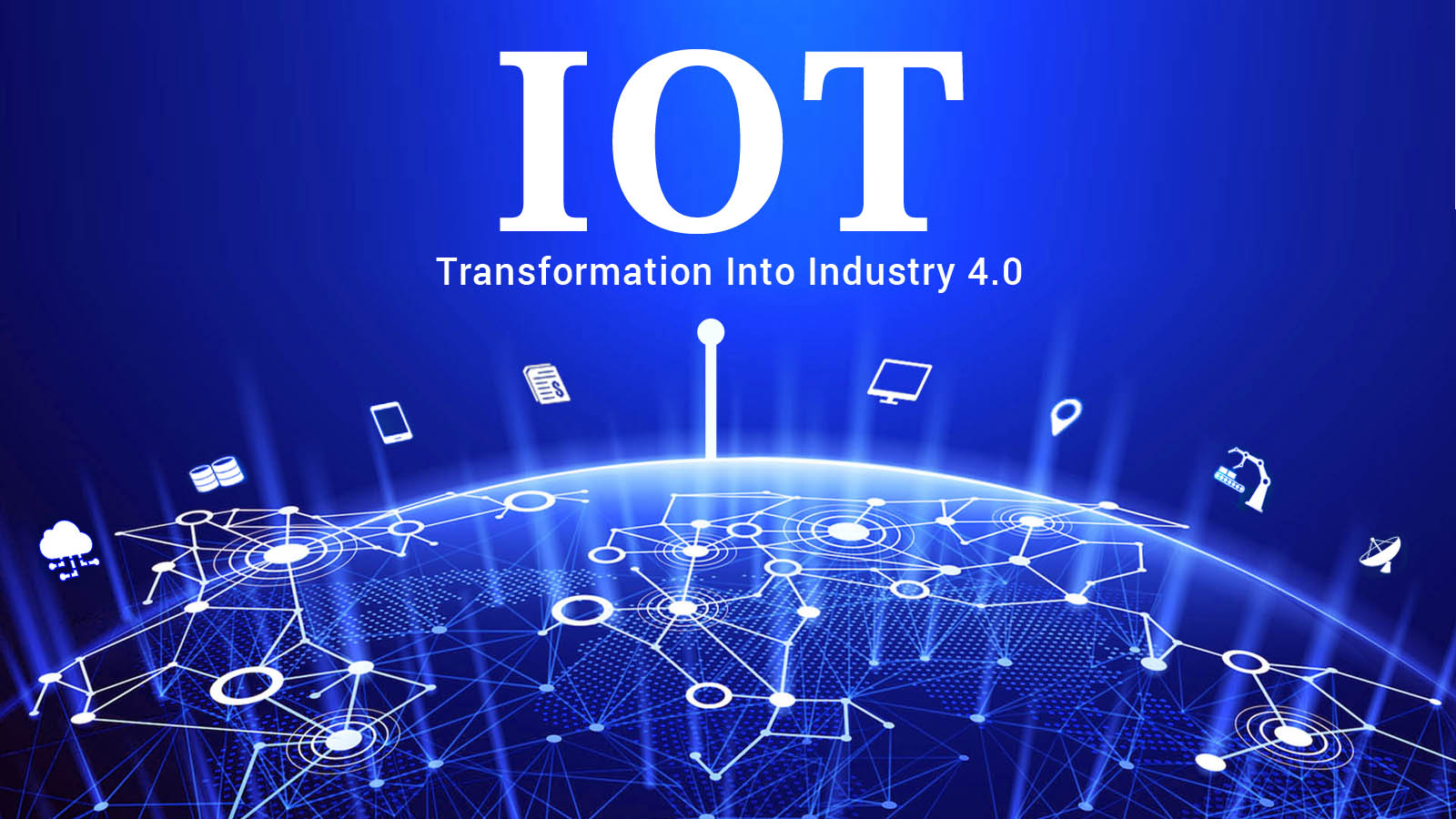Internet of Things (IoT) technology is taking a leading role in driving business transformations across a wide range of applications. The technology combines data and intelligence with business transformations to enable the move from data to knowledge and profitable outcomes for the enterprises.
Experts predict that there will be around 50 billion connected devices by 2020. With its capability to provide power by the hour to the right people at the right moment, IoT can allow decision makers to devise strategies and drive decisions based on data, timescale, insights and budgetary needs.
Overcoming the barriers to IoT integration
However, not all businesses have been able to embrace IoT implementation in their infrastructure. A barrier to IoT integration in business processes, especially SMBs is that they may not have the capability to correctly interpret the IoT data points that are profitable to their operations, or worse still, they may not be in a position to assuage which of their business processes are best positioned to be transformed to IoT. Even if clarity is achieved on these aspects, IoT integration costs can be prohibitive for the businesses running on legacy systems. However, solving these problems can help an organization gain significant business advantage in terms of market share and time-to-market the products.
IoT technology layers
IoT application development consists of multiple technological layers that help in connecting things and devices to build the applications that serve a defined business objective, no matter whether it’s a small scale consumer application or a complex industry-grade IoT project. These layers include sub-layers, various protocols and vendors. An IoT technology stack consisting of standards and applications that use the connected things is needed to power IoT infrastructure without which you won’t be able to do anything with your connected devices.
IoT technology stack
There could be some real challenges in making different technology elements talk to each other. For this, IoT technology stack need to be configured accurately and with right capabilities. The stack should combine not only the required technologies but should be able to do it in an accurate and secure manner.
IoT devices – first layer of the technology stack
IoT devices are the first layer of IoT technology stack. But when we speak about IoT devices, people do not think about micro-electrical mechanical systems, actuators, transducers and processors, rather they think in terms of smart and intelligently connected things, wearables or the items tagged with location detection technology. An IoT device essentially brings hardware, software and connections intelligently into one device. These devices also have a communication layer whereby physical things and controllers get connected through communication and processing units.
IoT sensors for real time action
IoT sensors are used to sense the condition in and around the IoT devices in which they are present. We have hundreds of types of IoT sensors which are designed to detect the events or changes in the environments and communicate about these changes in specific parameters to other devices that can use this data for analysis and actions in real-time. These parameters could involve changes related to temperature, humidity, light, chemical components, etc. Sensors have long been into existence even before anyone heard of IoT, and they have evolved into being more ubiquitous, no wonder then that we have industry 4.0, smart factory projects and smart buildings, thanks to these powerful sensors.
What do actuators do?
Whereas sensors sense and send, actuators act and activate. They set a signal in motion when it needs to be set in motion to act within an environment. That way, they do opposite of the sensors as they trigger something to happen in the physical world where some value resides. Electric actuators can be used to turn their energy into mechanical torque while some others can control valves. You can see actuators and sensors working nicely together in the numerous other smart devices.
IoT Gateyways
IoT Gateways constitute another layer of IoT stack that come in many forms and shapes. It plays a critical role in the intersection of IoT devices, cloud, network and data center. These gateways are used for connectivity aggregation, encryption and decryption of IoT data and the transaction of various protocols. They provide a gateway between the IoT device level, technologies and environments to gain leverage from IoT device data.
IoT Platform – the middleware
Third layer of IoT technology is IoT Platform which is a middleware between IoT hardware and IoT gateway on one hand, and business and application layers on the other. IoT platform, to be strictly speaking, is an IoT application enablement platform. We have currently more than 400 different types of IoT platforms with their own differentiation and specialization features. Examples include IoT orchestration platform, IoT analytics platform and IoT device management platform or DMP.
Take a move from “as is” to “to be” processes
Based on the information gathered from the IoT object context and its constituent components like actuators, gateways and sensors, the “as-is” process of an enterprise can be enhanced with IoT capabilities to transform into a “to-be” process. To achieve this, IoT objects need to be inserted and connected with the existing business functions and require tight collaboration focused on business process design.
Extensive opportunities in IoT landscape
Extensive opportunities exist in the IoT landscape as far as new information flows are considered as feedback from the customers can help production engineers to bring improvement in the manufacturing process. Designers can fine tune their simulation models while service engineers can benefit by improvising their approach to maintenance.
Achieving success in IoT business transformation is a journey, and right approach is critical for a business for best outcomes. Most successful companies will focus on incremental results in specific use cases where IoT data can be harnessed to obtain quantifiable business benefit.
The promise of IoT
Web content management vendors can provide personalized services by injecting IoT capabilities into their platforms. With big businesses dealing with millions of page views (for example, on Facebook, more than 30 petabyte of user-generated data is analyzed), marketers just need to define few parameters and the end result, and let the IoT handle all the tricky tasks of its own.
IoT projects are not only about the IT networks, infrastructure and devices, most successful one are planned the best way and continuously controlled, rather than have the best technical infrastructure. The technology can be effectively brought to use to enhance the operational efficiencies and tapping on new revenue streams.


 Jeet
Jeet


